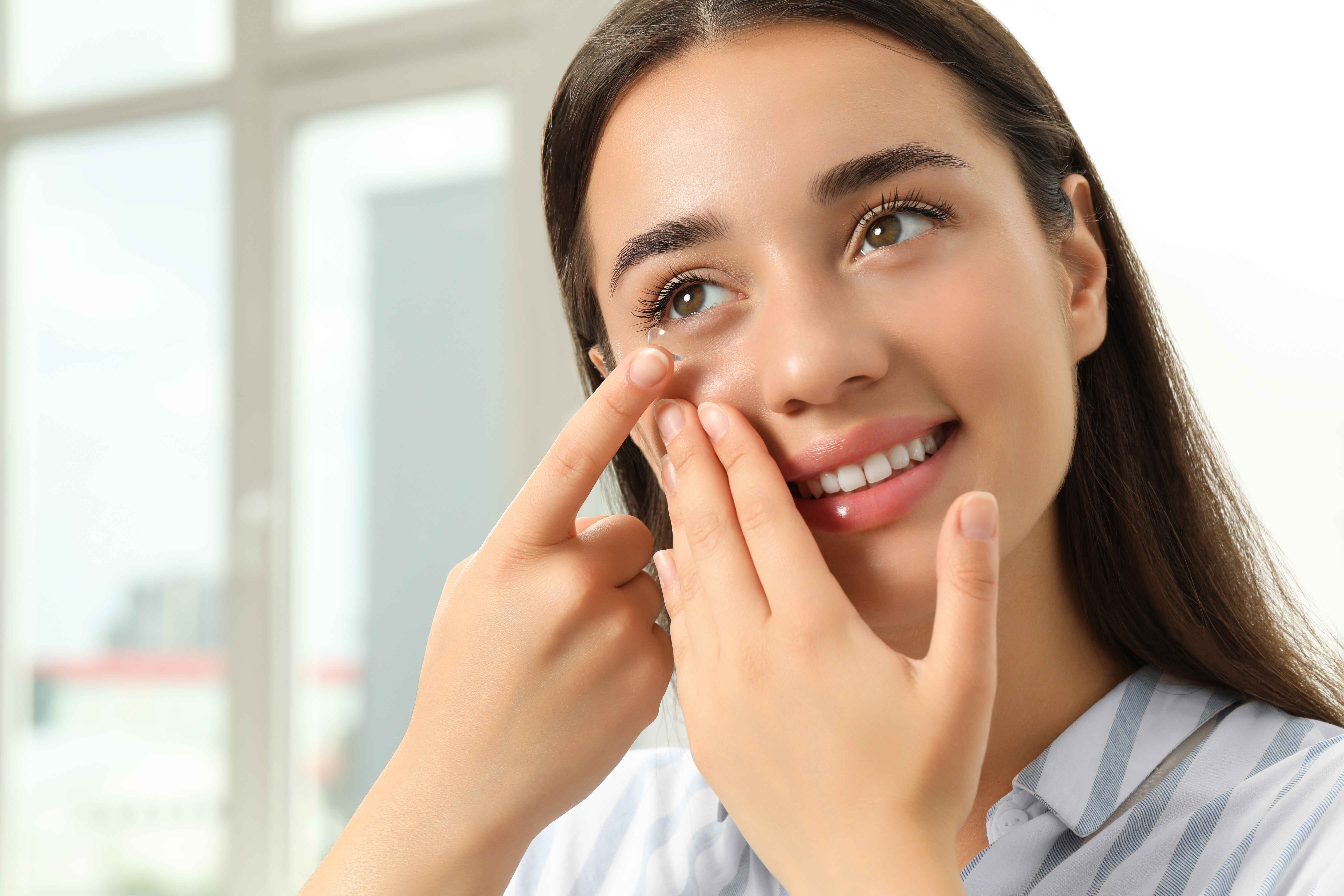Table of Contents
From personalized learning to remote experiences, digital devices are at the core of the modern classroom experience. However, because of this, many students spend several hours a day in front of screens, leading to a growing concern: digital eye strain among students.
As an educator, you can make a difference by educating students and families about good eye health habits and promoting healthy screen use in students.
Understanding Digital Eye Strain in Kids
American children spend an average of six to seven and a half hours a day in front of screens between school devices, watching television, playing video games, or browsing on their smartphones. Digital device usage has increased in classrooms since the pandemic, but screen time is also up at home, with 42% of ten-year-olds having a phone.
Researchers are observing a strong connection between this digital lifestyle and the rise in pediatric myopia cases, with more than a third of children being diagnosed with nearsightedness.
Besides developing eye health conditions like myopia, increased screen time can result in digital eye strain. This condition refers to a group of symptoms that temporarily affect vision, including:
-
Dry or watery eyes
-
Headaches
-
Blurry vision
Children who experience digital eye strain symptoms rub their eyes or have difficulty focusing. These symptoms directly result from reduced blinking frequency and spending hours without varying the eyes’ focusing distance.
Preventing Digital Eye Strain in Children
Digital devices can be a powerful educational tool, but healthy screen habits are crucial for protecting children’s vision. There is no digital eye strain treatment, but there are steps students can take to prevent these symptoms:
-
You can teach the 20-20-20 rule and set up timers to remind students working on devices to take a break.
-
Teaching eye yoga exercises can be a fun activity. Eye rolls and focus shifting effectively strengthen the eye muscles and prevent digital eye strain.
-
Position computer screens at eye level and make sure they are at least 25″ away from the eyes.
-
Proper lighting can make a difference. Natural and neutral lights are gentler on the eyes compared to bright LEDs.
-
You can also lower the brightness on the device’s screens and invest in blue-light or anti-glare filters to improve comfort.
Rethinking the use of digital devices in your classroom can also lead to improved eye health. Schedule short sessions for using these devices, plan plenty of breaks and look for ways to incorporate outdoor activities into the school day.
Role of Schools and Parents in Promoting Eye Health
As an educator, you can be essential in educating families and connecting them with resources for children’s eye care in OKC and nationwide.
-
Schools and parents can work together to track and reduce screen time at school and home.
-
Distributing educational material to families and discussing digital eye strain in an age-appropriate manner with children can increase awareness.
-
As students get older, you can empower them to regulate screen time by discussing the impact of digital devices on their health.
-
Reach out to Vizavance, a non-profit that offers free eye screenings in Oklahoma schools.
-
Eye screenings can detect some eye health issues early, but they’re less comprehensive than eye exams. Send reminders to families to schedule annual eye exams before starting a new school year.
-
School meals can support eye health with foods rich in zinc or omega-3 fatty acids.
Working Together to Improve Student Eye Health
Educators can raise awareness regarding the connection between screen time and digital eye strain to prevent future vision problems and help students thrive academically.
Since screen usage happens at home and school, parents, teachers, and schools must work together to promote children’s eye health. As a teacher, you can encourage parents to be more proactive about their child’s eye health by scheduling annual exams and letting parents know that Vision Care Direct of Oklahoma offers affordable plans with negotiated savings to help families save on exams and other services. Contact us to learn more about how we allow families access to pediatric eye health.





















































